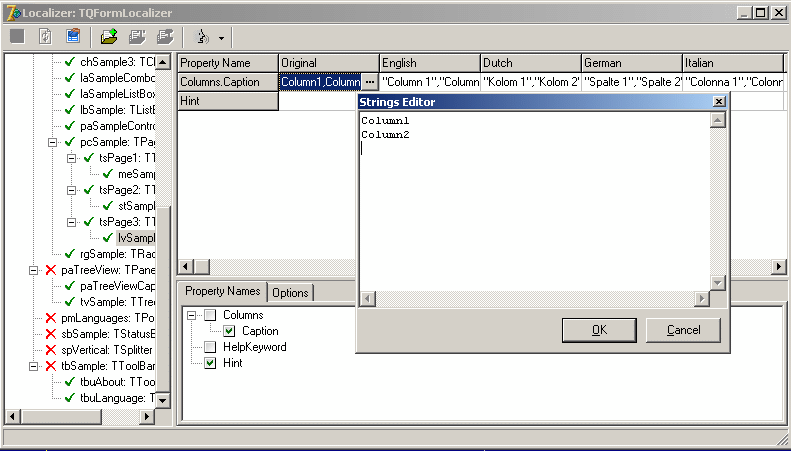

Cloud-based TMS systems are more flexible and reliable and almost all TMS developers offer cloud-based solutions, gradually abandoning desktop applications. Most systems include features, such as Terminology management, Translation Memory databases and Translation Quality Assurance functionalities that can be accessed through the necessary Translation Editor. The implementation of such a localization tool is vital to achieve accuracy, consistency, clarity, readability, and overall high quality of the localized content. Production-related Localization toolsĬAT (Computer Assisted Translation) tools have evolved to multidimensional systems that include most of the features that the localization process requires. Here are the 5 top localization tools any localization department must have in order to make its localization process easier, more productive and cost-effective, and the final product appropriate and attractive for the intended audience. These tools offer features that are important but at the moment there is not one tool that can combine all the features that would cover our needs fully. Although having many choices is an encouraging fact, it can undeniably cause confusion and the inability to make a decision. Furthermore, technology has helped achieve high quality results while eliminating any obstacles that could impede this complex and multi-dimensional process.įortunately, the translation and localization tools landscape is very rich and anyone who wishes to optimize its processes has a very broad field of choices. In other words, localization is the process that encompasses everything that will make a final product, service or document look and feel as if it was originally created for the targeted audience.Īs in all aspects of life, technology has played a key role in making the localization process more effective, quick and cost efficient. Other aspects of the localization process include the adaptation of the graphic design of a product, the adaptation of the content so that it matches and relates to the targeted audience, the compliance with legal and regulatory matters and, last but not least, coding. Translation is only one part of this multifaceted process. It aims to produce a final product that is unique and culturally appropriate for the intended audience. Localization is a very broad process that includes various steps, tools, and procedures. By Eftychia Tsilikidou, Senior Project Manager at Commit Global


 0 kommentar(er)
0 kommentar(er)
